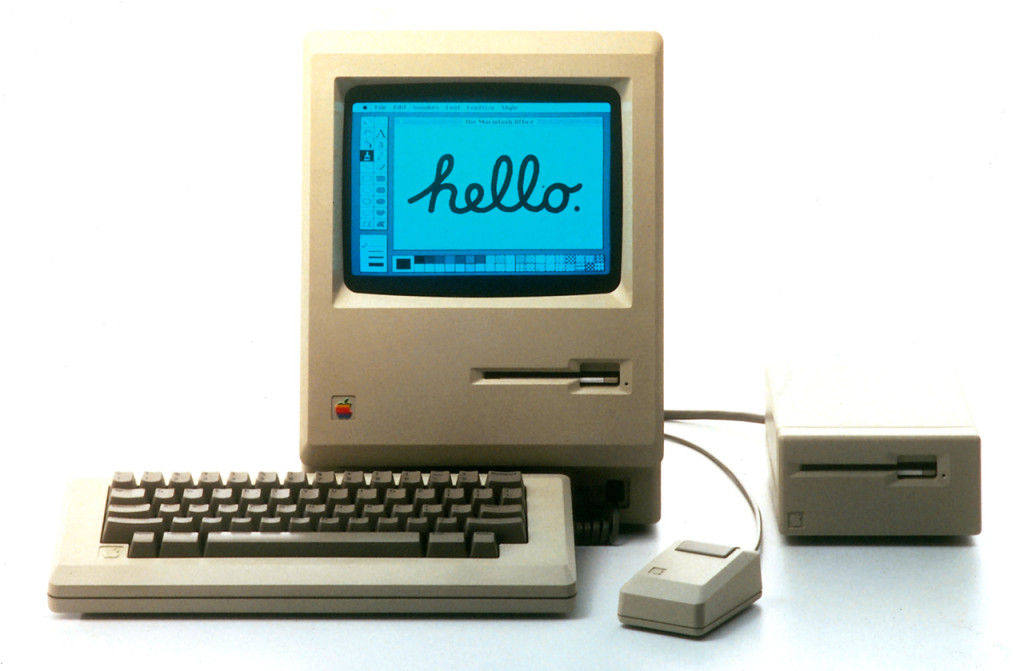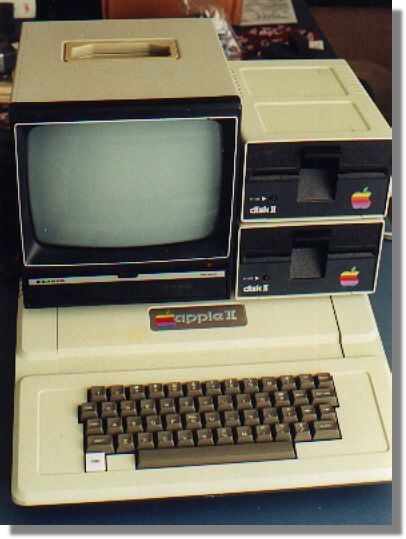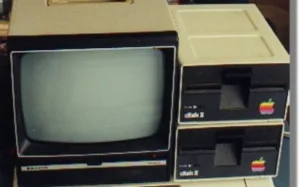Over the last couple of weeks, we’ve had a number of Display Daily articles that have looked at where we are today in terms of resolution and wondered why some are looking at further developments to 8K and VR etc. Well, it’s all down to Bob’s second law.

Back in the 1980s, I first read that Gordon Moore had developed Moore’s Law, the observation on the speed of development of chip technology that both described and has helped to drive the evolution of chips. I started looking around at unidentified trends that I could claim as my law! Now, I was a relatively early adopter of personal computing and had an Apple ][ back sometime around 1980 (I have the invoice somewhere – I must check!). Everybody thought that I was very strange having a computer at home. However, I was hooked and as people gradually realised the advantages of having a PC over the next few years, I realised that nobody that I knew that had tried computing ever gave it up again. So “Bob’s Law” was born.
“Everyone that buys a PC always buys another one”.
So far, I can’t think of anybody I know that bought a computer and then decided to give up having a computer (although the form factor might change).
In the 1980’s, I was in the sales and marketing side of the display business and I also saw another trend. I started when the only real choice for a business computer was to use a monochrome text-based display, and the only real choice was green or amber – or paper-white if you were really daring! (I know there were colour and graphic monitors, but only for specialists).
Most users were perfectly happy with what they had and couldn’t understand why anybody would want anything with colour or more resolution. Setting up a monitor company in the UK in the mid to late ’80s, I remember arguing with the Finance Director who wanted a simple text mono monitor, while I thought he should have a colour monitor with graphics. Why would you need that for accounting, he asked? (and remember that the original Mac had a 512 x 342 mono display).
 The original graphics-based Mac was 512 x 342 pixels only – monochrome.
The original graphics-based Mac was 512 x 342 pixels only – monochrome.
Ever since those days, I realised that at any time, 95% or more of computer users think that whatever they currently have on their PC is ‘good enough’, whether that was VGA, SVGA, XGA and whether it was 14″ or 15″ or 17″ (my first monitor was a Hitachi 9″!).
 Once I had saved up for some disk drives, this is how my Apple 2 looked with a 9″ CRT monitor (although mine was a Hitachi)
Once I had saved up for some disk drives, this is how my Apple 2 looked with a 9″ CRT monitor (although mine was a Hitachi)
However, at a base level a display is just an output interface that connects to the human visual system as an input interface. In that sense, it is simply a communications channel and, as we see, the speed of communication channels just increases with time and technology. Whatever we have today will be improved to increase the speed and effectiveness of the communication.
Those two factors led me to develop Bob’s Second Law…
“Anything that increases visual bandwidth wins in the end”.
That means that 8K will appear and even higher resolutions until we hit the limits of human visual acuity – and by that I mean the extreme end of this topic, with the resolution being enough to deal with features of the human visual system such as vernier acuity which is significantly higher than the general numbers that often get discussed as typical acuity. For a detailed argument as to why we will eventually get to 1200ppi on a smartphone, see the DD from Candice The Display Resolution War – How Much Resolution is Enough?
It means that colour range will increase to the limits of vision and it also means that depth discriminating display will have to develop. Depth perception is a big help in human comprehension. Ignoring depth and the information that it supplies means not adapting the display to the limits of visual bandwidth and human perception. Although I personally don’t like the ‘goggles’ type of headsets, they are an important part of developing content and displays that really get us beyond the limits of the real world.
So, there you have it. VR, 3D and resolution will all continue to develop even though whatever we have today is ‘good enough’. (BR)

